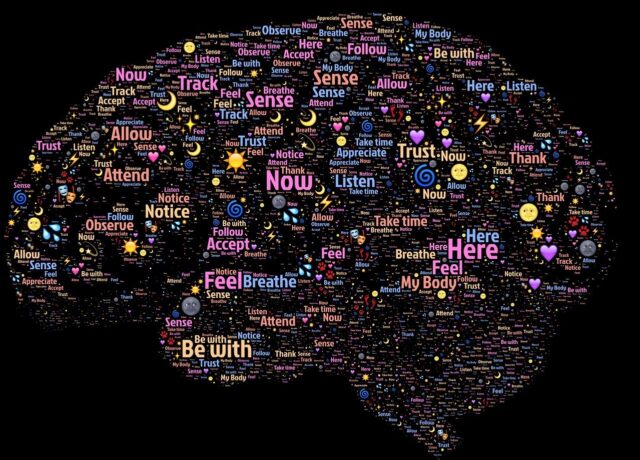
Artificial Intelligence (AI) has come a long way in recent years, and one of the most fascinating developments is the rise of chatbots powered by language models like GPT (Generative Pre-trained Transformer). These chatbots are designed to simulate human-like conversations, providing users with a seamless and interactive experience. However, it is important to understand that while chatbots have made significant strides, they still have their limitations.
1. Lack of Contextual Understanding
One of the main challenges faced by chatbots is their limited ability to understand context. While they can generate coherent responses based on the input they receive, they often struggle to grasp the underlying meaning of a conversation. This can lead to misunderstandings and inaccurate responses, especially in complex or ambiguous situations.
For example, if a user asks a chatbot, “What is the weather like today?” and follows up with “Should I bring an umbrella?”, the chatbot might not be able to connect the two questions and provide a relevant response. It may generate a generic answer about the weather without considering the user’s intention.
2. Difficulty with New or Uncommon Topics
Another limitation of chatbots is their reliance on pre-existing data. GPT-based chatbots are trained on vast amounts of text from the internet, which means they excel at handling common topics and queries. However, when faced with niche or specialized subjects, they may struggle to provide accurate or relevant information.
For instance, if a user asks a chatbot about the latest advancements in quantum computing, the chatbot may not have the necessary knowledge or up-to-date information to provide a satisfactory answer. In such cases, it is important to remember that chatbots are not omniscient and may require human intervention or access to specific databases.
3. Propensity for Inaccurate or Biased Responses
Chatbots learn from the data they are trained on, which means they can inadvertently pick up biases present in the training data. This can lead to the generation of inaccurate or biased responses, reinforcing stereotypes or spreading misinformation.
For example, if a chatbot is trained on a dataset that contains biased language or viewpoints, it may unknowingly reproduce those biases in its responses. This poses a significant challenge in ensuring that chatbots provide fair and unbiased information to users.
4. Lack of Emotional Intelligence
While chatbots can generate text that appears human-like, they lack emotional intelligence. They cannot understand or empathize with the emotions expressed by users, which can be a significant limitation in certain scenarios.
For instance, if a user expresses distress or sadness, a chatbot may respond with a generic or inappropriate reply, failing to provide the necessary support or empathy. This highlights the need for human interaction and intervention when dealing with sensitive or emotionally charged conversations.
5. Potential for Misuse and Manipulation
Chatbots, like any other technology, can be misused or manipulated for malicious purposes. They can be programmed to spread misinformation, engage in harmful activities, or deceive users for personal gain.
It is crucial to be cautious when interacting with chatbots, especially when sharing personal information or engaging in transactions. Users should be aware of the limitations of chatbots and exercise discretion to protect their privacy and security.
In Conclusion
While chatbots powered by GPT have made remarkable advancements in simulating human-like conversations, they still have their limitations. These limitations include a lack of contextual understanding, difficulty with new or uncommon topics, potential for inaccurate or biased responses, lack of emotional intelligence, and the potential for misuse and manipulation.
As AI technology continues to evolve, it is important to recognize these limitations and work towards improving the capabilities of chatbots. By addressing these challenges, we can create more reliable and effective AI-powered conversation agents that enhance user experiences and provide valuable assistance.












